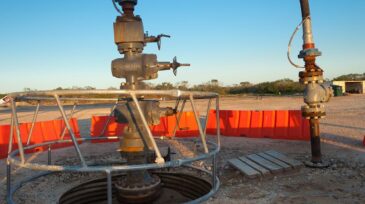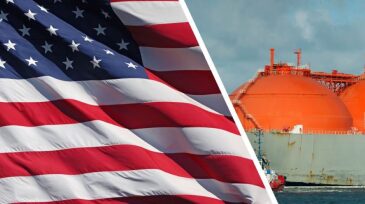-
An ATCE presentation outlined how staged field development can help make smaller oil discoveries commercial alongside existing engineering solutions.
-
Primarily used in a few US states, waste-slurry-injection technology could help operators reduce cost, while also potentially reducing their carbon footprint. But the process may still present technical and environmental challenges.
-
A recent panel discussion highlighted the industry’s progress in achieving significant digital advances. Barriers remain, however, and the measurement of success is being defined in this evolving technological step change.
-
An economic downturn and global pandemic are among many issues US midstream operators are dealing with in 2020, including exposure to upstream bankruptcies, limited M&A activity, and regulatory issues.
-
Working from home has become the new normal, but the oil and gas industry is looking at safety measures and innovations in preparation for bringing back its remote workforce.
-
Shell and Chevron lead the pack in a slew of Q2 losses with $18.1 billion and $8.3 billion, respectively. ExxonMobil, ConocoPhillips, Royal Dutch Shell, Petrobras, and Repsol also posted losses. The tally of these global majors’ losses in a single quarter tops $30 billion.
-
Crude oil and natural gas prices may recover moving into 2021, albeit at different rates brought on by a variety of market dynamics. Geopolitics and the potential for another wave of COVID-19 cases and resulting lockdowns still pose a threat to the industry.
-
Black Mountain executives outlined the key criteria they used to determine why Western Australia was a prime location for private-equity investment when looking at international unconventional plays.
-
The oil and gas industry is not the largest emitter of methane, but addressing the emissions still needs to be a priority, a recent panel said. Incentivizing lower emissions, following best practices, and creating transparency are key to bringing about this change.
-
The drop in US LNG exports comes amid a combination of weak demand, ample supply, additional capacity coming on line, and flexibility to cancel US cargoes.
Page 1 of 4










